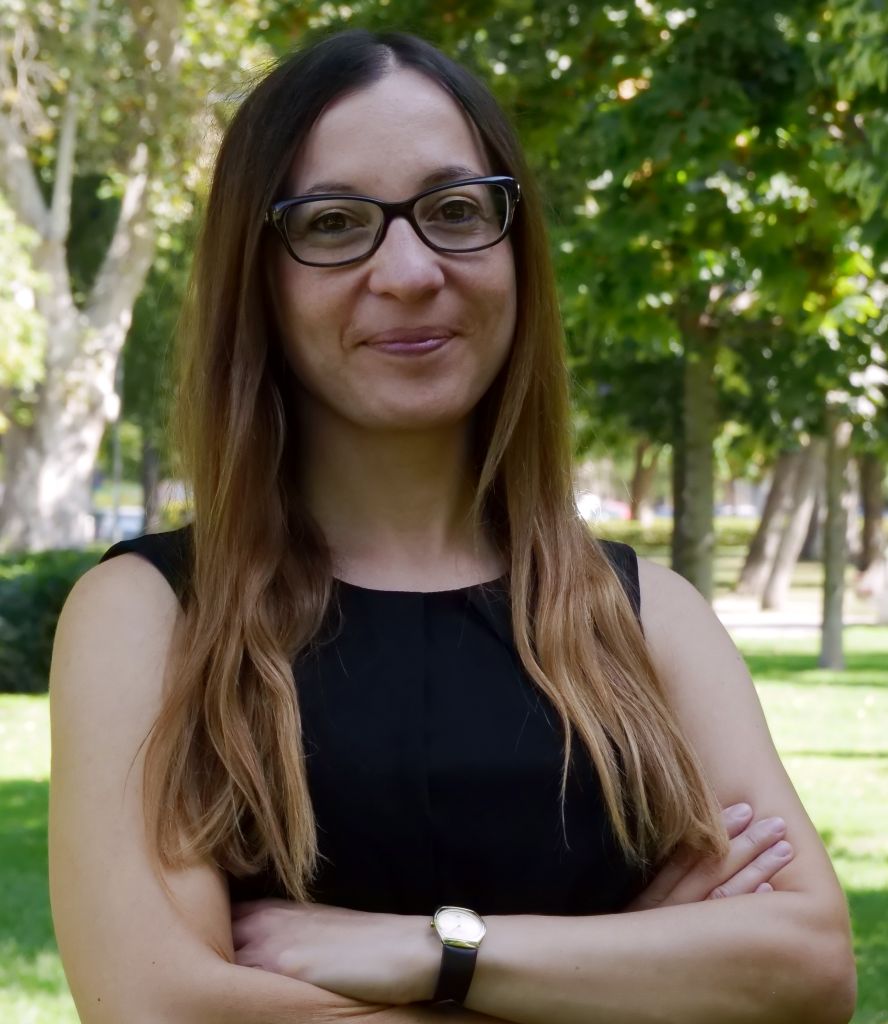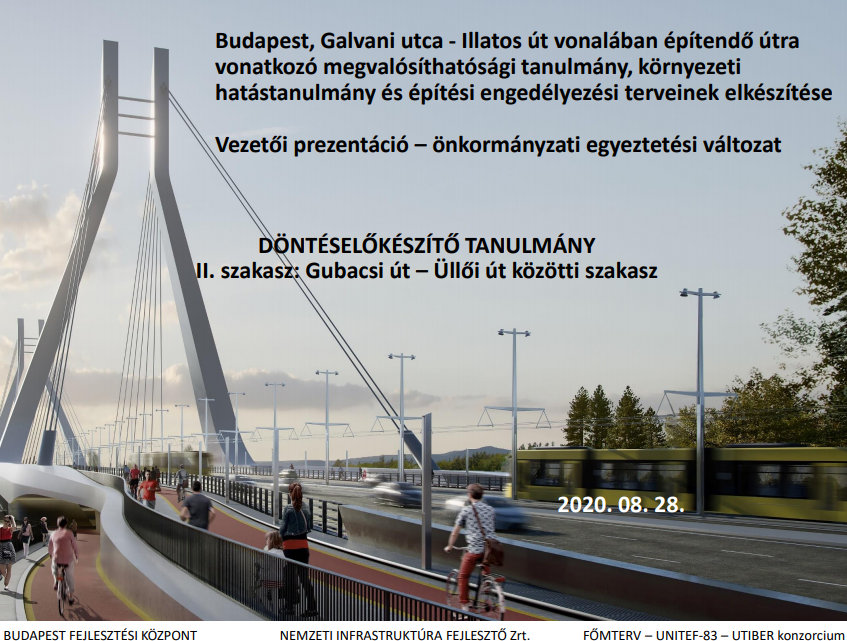The https://english.atlatszo.hu use cookies to track and profile customers such as action tags and pixel tracking on our website to assist our marketing. On our website we use technical, analytical, marketing and preference cookies. These are necessary for our site to work properly and to give us inforamation about how our site is used. See Cookies Policy
Leaked study reveals environmental damage of a planned new bridge in Budapest
A document leaked to Atlatszo.hu reveals the details of the route plans of the road network connecting the new planned bridge in Budapest over the Danube. The study contains 6+1 potential routes of the highway trail, of which 4 versions go close to Határ Road. The document estimates the costs of building the new circular road to be between 21 and 79 billion HuF. If the Határ út versions are chosen, the construction would involve the cutting of 810-2120 trees. Also, locals would have to cope with around 37 thousand cars driving past their houses daily. As a result, road traffic noise, vibration and air pollution will increase, while significant green areas will be lost. The planned new bridge, often referred to in the media as the Galvani bridge, will connect South Buda and South Pest.

Before the building permit procedure is started, the Budapest Development Centre is launching a social dialogue. Locals will be able to also comment on the second part of the project later in October, cooperation with civil organisations will start soon. So far only the mayors of the affected districts have seen the impact studies. The executive presentation was not public until now.
The Galvani Bridge will be built even without the olympics
In 2016 the Hungarian government applied for the organisation of the 2024 Olympic Games, and NIF Zrt (NIF National Infrastructure Developing Private Company Limited) announced a tender for the planning of two new bridges in Budapest. Budapest did not win the right to organise the games, so in the autumn of 2017 the then mayor of the capital, István Tarlós stopped the bridge project. In 2017 a government decree came out about a planned bridge with a 3 lane road and fixed line transportation on the “ Galvani Road – Illatos Road line through Csepel.
The planning of the new bridge started in 2018, the tender for the design was won by a consortium made up of a Dutch and a British company, UNStudio and Buro Happold Engineering.
In February 2020 the Budapest Public Development Council decided to support the Galvani Bridge project. The government now claims that the new bridge is needed to ease the heavy traffic in central Budapest. Earlier, the head of the Budapest Development Centre, Dávid Vitézy stated that the new bridge would be able to reduce the traffic and thus air pollution in the city centre by as much as 37 -50 thousand cars a day.
Already last autumn the expected cost of the Galvani bridge project rose from 1, 158 billion HuF to1,518 HuF. NIF Zrt. signed the contract with the following companies: Főmterv Mérnöki Tervező Zrt., Unitef-83 Műszaki Tervező és Fejlesztő Zrt. and Utiber Közúti Beruházó Kft. The construction is scheduled to finish within 3 years.
Information was leaked
Our source wanted the document to be published so locals are prepared and well informed, to be able to take part in negotiations and debates actively. The main problem for people living in Ferencváros and Kispest districts is that 37 thousand cars per day will be going through this area instead of central Budapest. Road traffic noise, vibration and air pollution will increase, and around 810-2120 trees might need to be cut as part of the construction project.
The study contains 6+1 potential routes of the highway trail, of which 4 versions lead by the road Határ út.
The first version would cost 34,2 billion HuF, and would create a four-lane “motorway” partially going underground, and would entail the cutting of 2120 tress.
The second version would cost 47, 9 billion and this seems to be the least “noisy” solution for locals, due to a tunnel to be built. Also, it would involve the cutting of 1980 trees.
The third potential solution would mean half as many trees cut (1120), but the road to be built would be closer to the houses so it would cause more vibration. The expected cost is 48,2 billion HuF. This is the project plan recommended by the local mayor, Péter Gajda, who stressed that this way the local forest, the Kiserdő would be spared major damages, and the extra traffic would go underground.
Certain parts of the presentation seem rather manipulative, claiming that traffic will be reduced by 21 and 49 % on the housing estates, despite the fact that an extra 48 thousand cars would use the new circular road there, daily. Also, there are no explanatory graphs about the increased vibration and pollution either.
The 4th solution would build a motorway-like road replacing the current Határ Road, and there would bea wall built to block the noise from the housing area. 810 tress would be cut, but the project would be significantly cheaper – altogether 20,5 billion HuF – than the other alternatives.
There are two more suggested trails leading through Ecseri Road. Our source claims that the potential negative impacts of these versions are much better elaborated and highlighted in the leaked document, to the extent that they come across as “fake alternatives”. Also they are more expensive: 68,5 and 78,8 billion HuF.
The development council and the locals
In the leaked document the Development Council states “The locals will not make the decision, but their opinion will be considered in the decision-making.” They admit that in the case of the two alternatives including Ecseri Road, there are no genuine questions they could ask from locals.”
Civil organisations are sceptical about how much the new bridge will actually ease the traffic situation in central Budapest. An environmental NGO, Levegő Munkacsoport (Clean Air Action Group) explained in an essay: if it is easier to get somewhere through a new road, more and more people will be wanting to use it, so traffic will increase. Thus the main concern according to this NGO is that the building of the Galvani bridge will mean that new new areas will be “flooded” by cars without actually improving traffic and environmental conditions in central Budapest if no further measures are introduced, such as charges for driving into the city centre.
The full document leaked to Átlátszó about the road plans is available here:
The original, more detailed Hungarian version of this piece was written by Szilvia Zsilák, and can be found here. English translation by Gabriella Horn.


